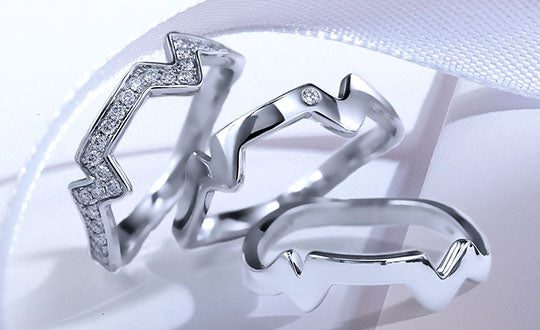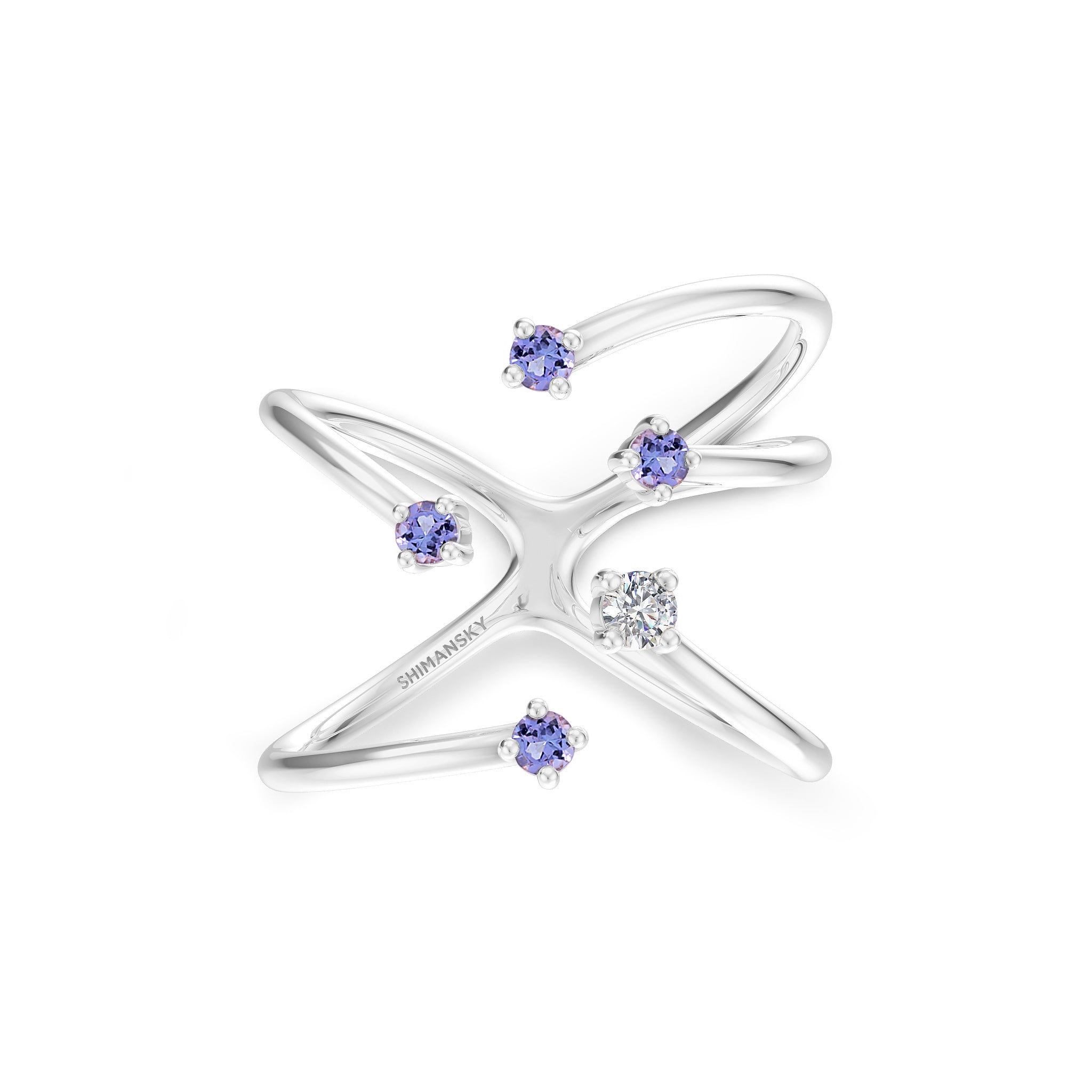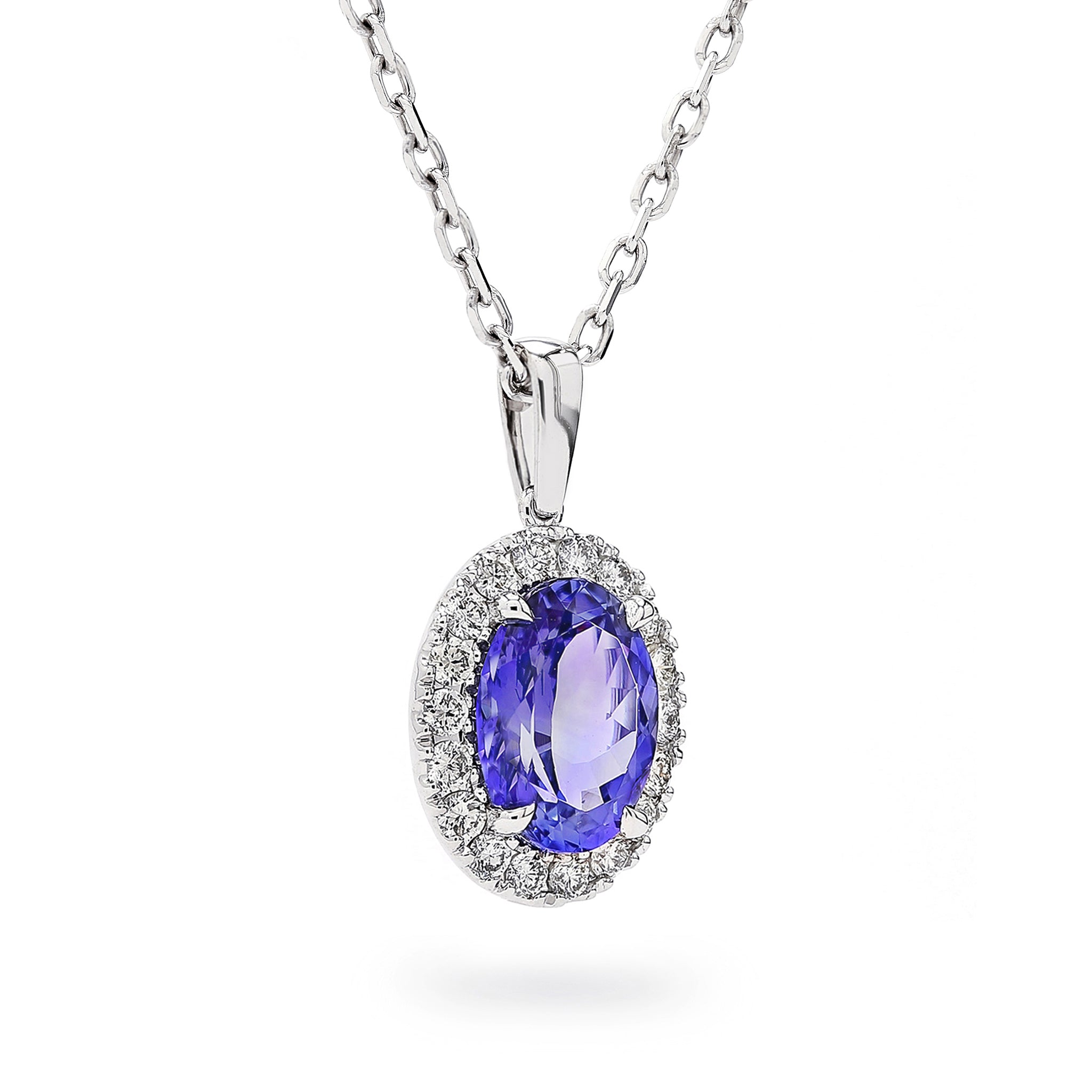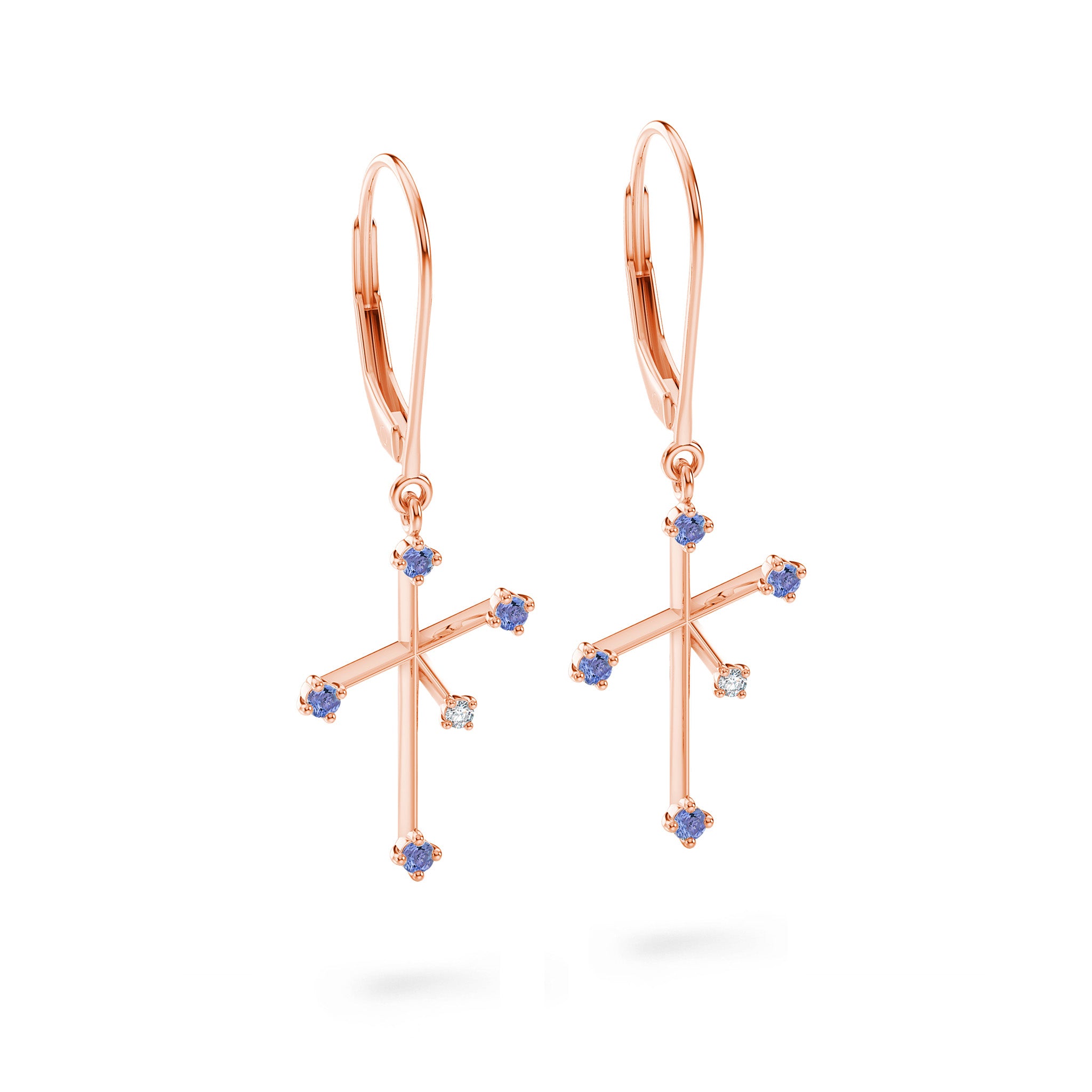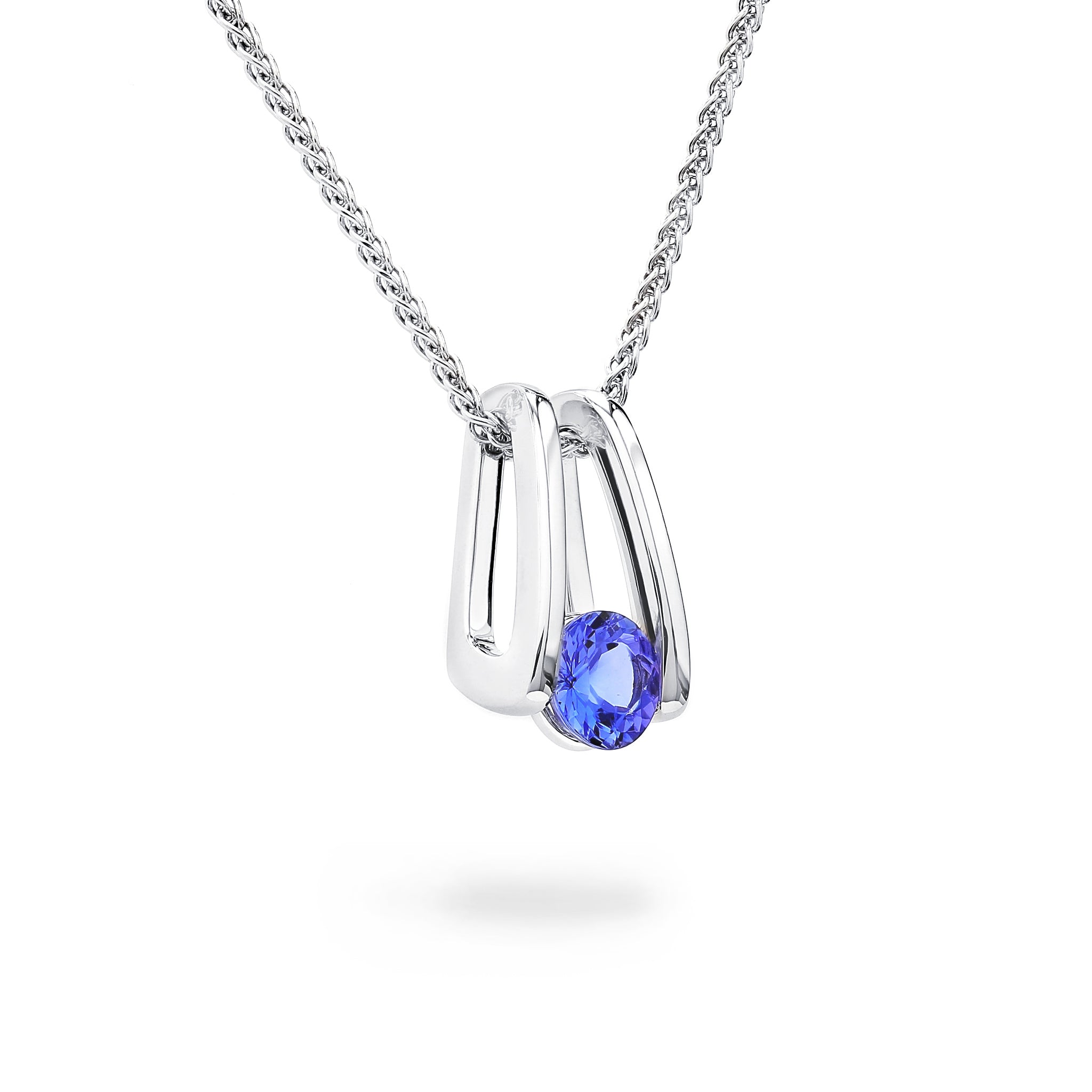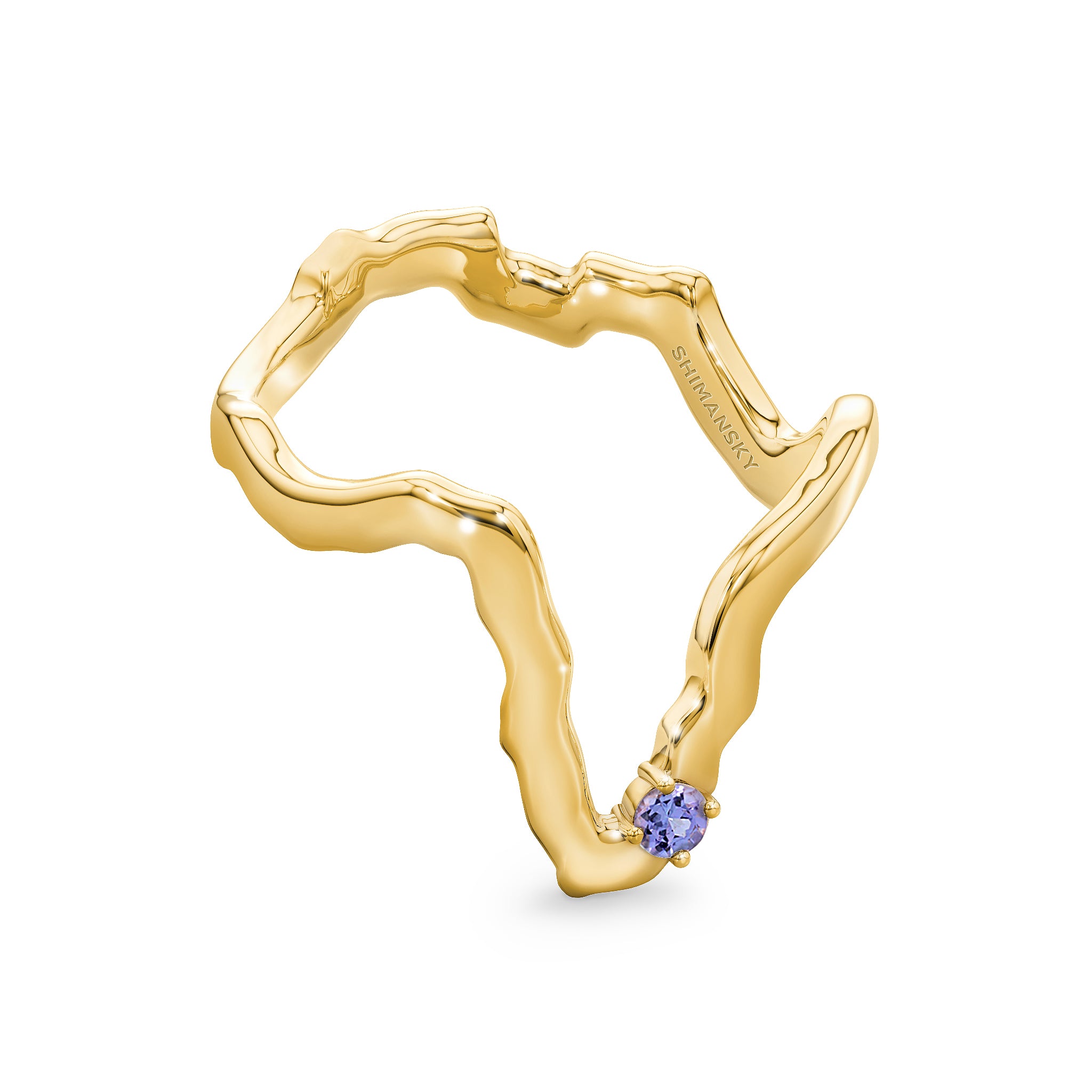
Tanzanite Colour
When grading white diamonds, the whiter the stone, the higher the value. In contrast, when it comes to coloured gemstones, the more intense or saturated the colour, the more rare the gem, and the higher its value. Tanzanite has what many would consider the finest blue hue in the world of gemstones. It can make even the most beautiful Sapphires appear to be lacking in colour. As a result, Tanzanite jewellery has gained momentous popularity, and Tanzanite has become one of the world’s most coveted gemstones.

Tanzanite is one of the only trichroic gemstones known to man, meaning it can display three colours within the same gemstone. As light passes through the gemstone, it vibrates in different planes, which causes the stone to show a different colour depending on from which axis you are looking at it. The three colours seen in Tanzanite are shades of blue, violet and red. Trichroism makes the cutting process more complicated than it would be for gemstones without this interesting characteristic. The colour of the finished stone will largely depend on how it has been cut. The top and most sought-after colour for Tanzanite is vivid blue, so cutters will try to cut the gemstone in such a way as to accentuate its blue hues.
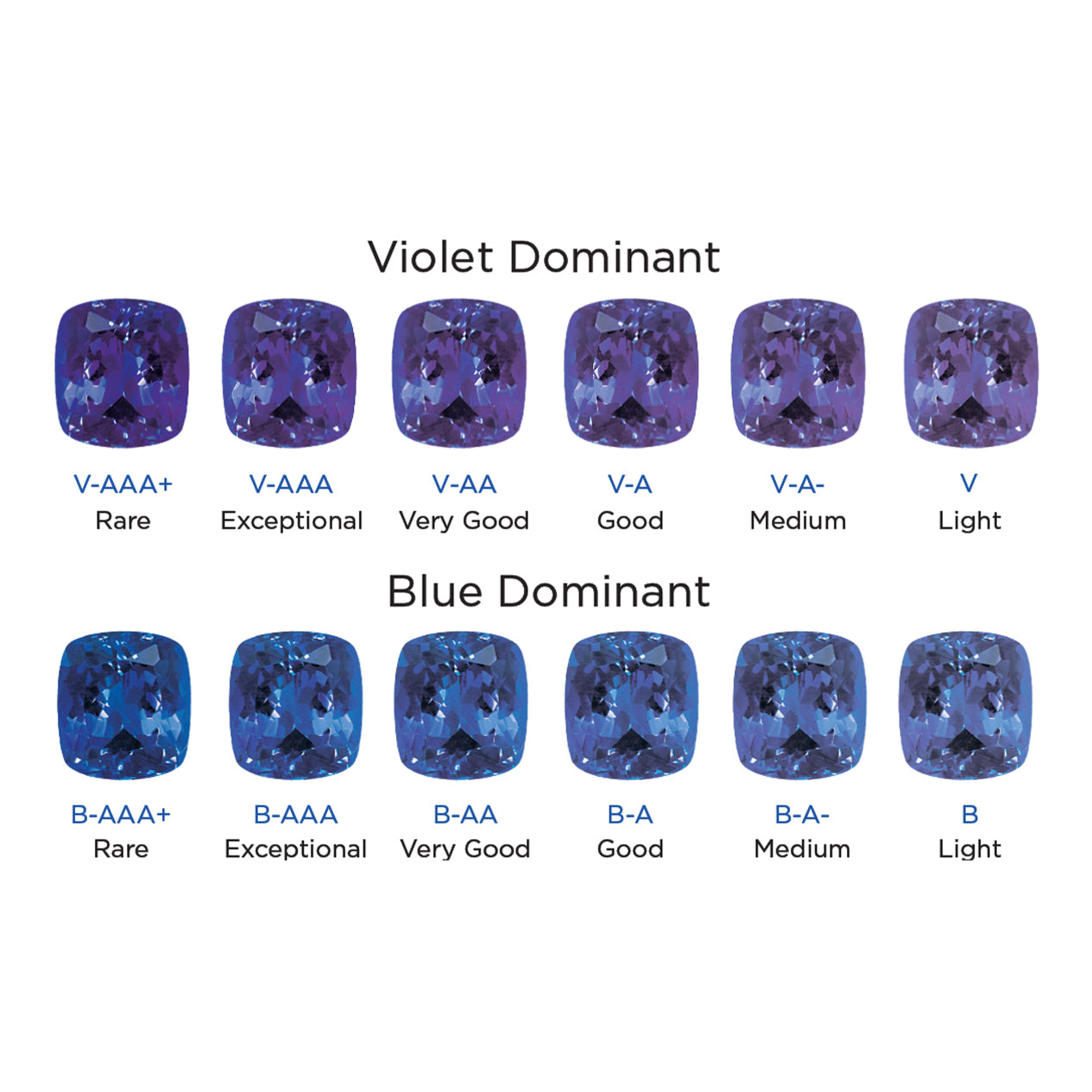
A Tanzanite cutter spends a lot of time examining the rough gem to determine how it can be cut in an orientation that will yield the maximum face-up blue colour.
Good quality Tanzanite has a deep royal blue or violet colour. Colours range from rich royal blues or vibrant violet to paler shades. The colour dominance depends on whether the gem is cut and polished from the long or the short axis of the crystal-shaped rough Tanzanite; and the more intense the colour the better the quality.
The depth of colour, or tone, in a Tanzanite gemstone, refers to the stone’s lightness or darkness and ranges from Intense (AAA+) to Faint (A). The saturation of the gem’s hue is often considered the most important factor when grading Tanzanite. Saturation refers to the level to which colour “fills” the gem.
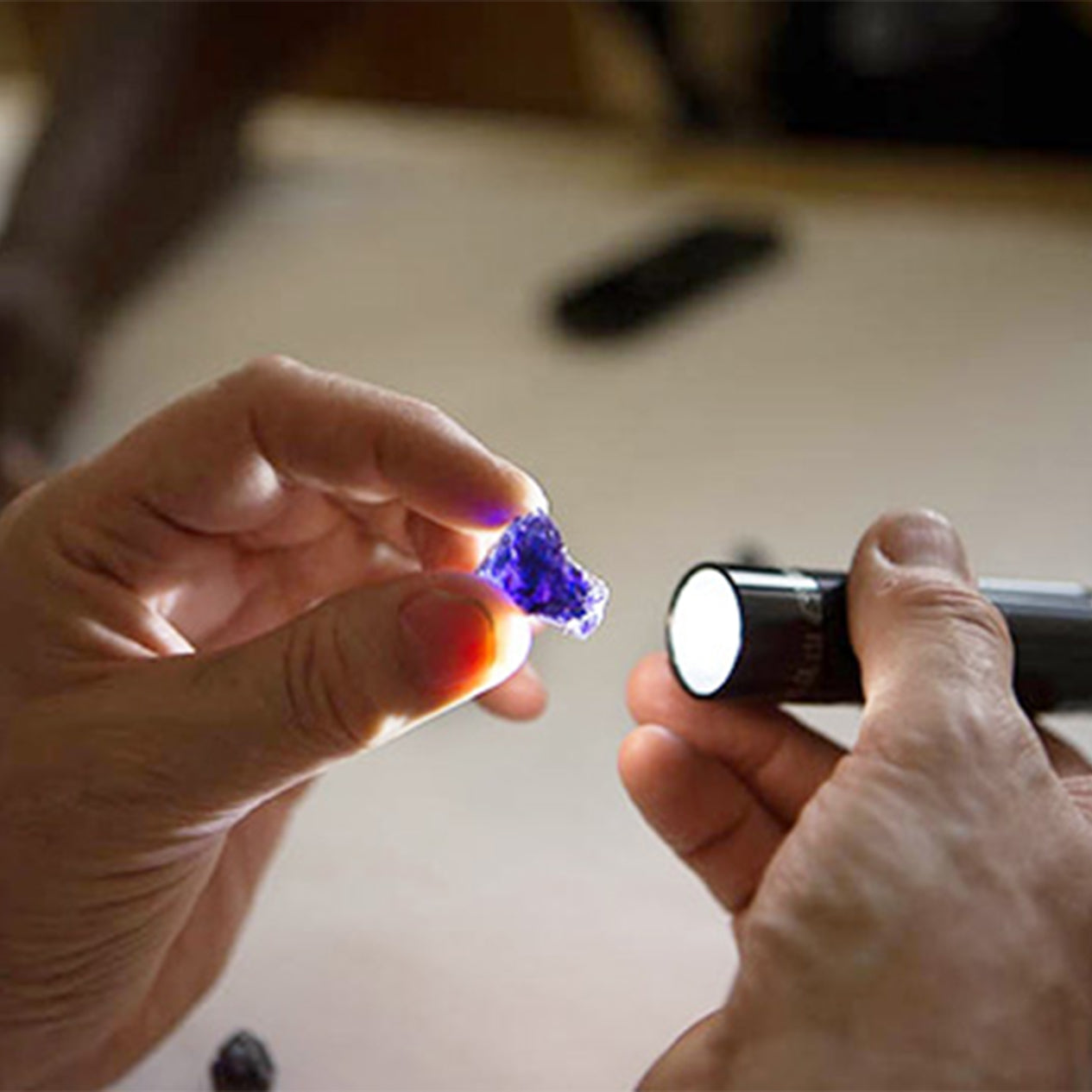
The deeper the colour, the more valuable the gemstone, and has been established that consumers naturally gravitate towards gemstones of deeper colours. Tanzanite gemstones of intense colour are more valuable because they occur much more rarely in nature. The finest Tanzanite colours in the world make up only 1% of the world’s Tanzanite production. Larger Tanzanite gemstones are usually deeper in colour, and it is unusual to find an intensely deep tanzanite that weighs less than 5 carats.
Tanzanite is usually either blue-dominant or violet-dominant. Though personal preference should be considered before making a Tanzanite purchase, it is generally accepted that blue-dominant Tanzanite is a better option from an investment point of view, as it is rare and likely to yield a higher return.
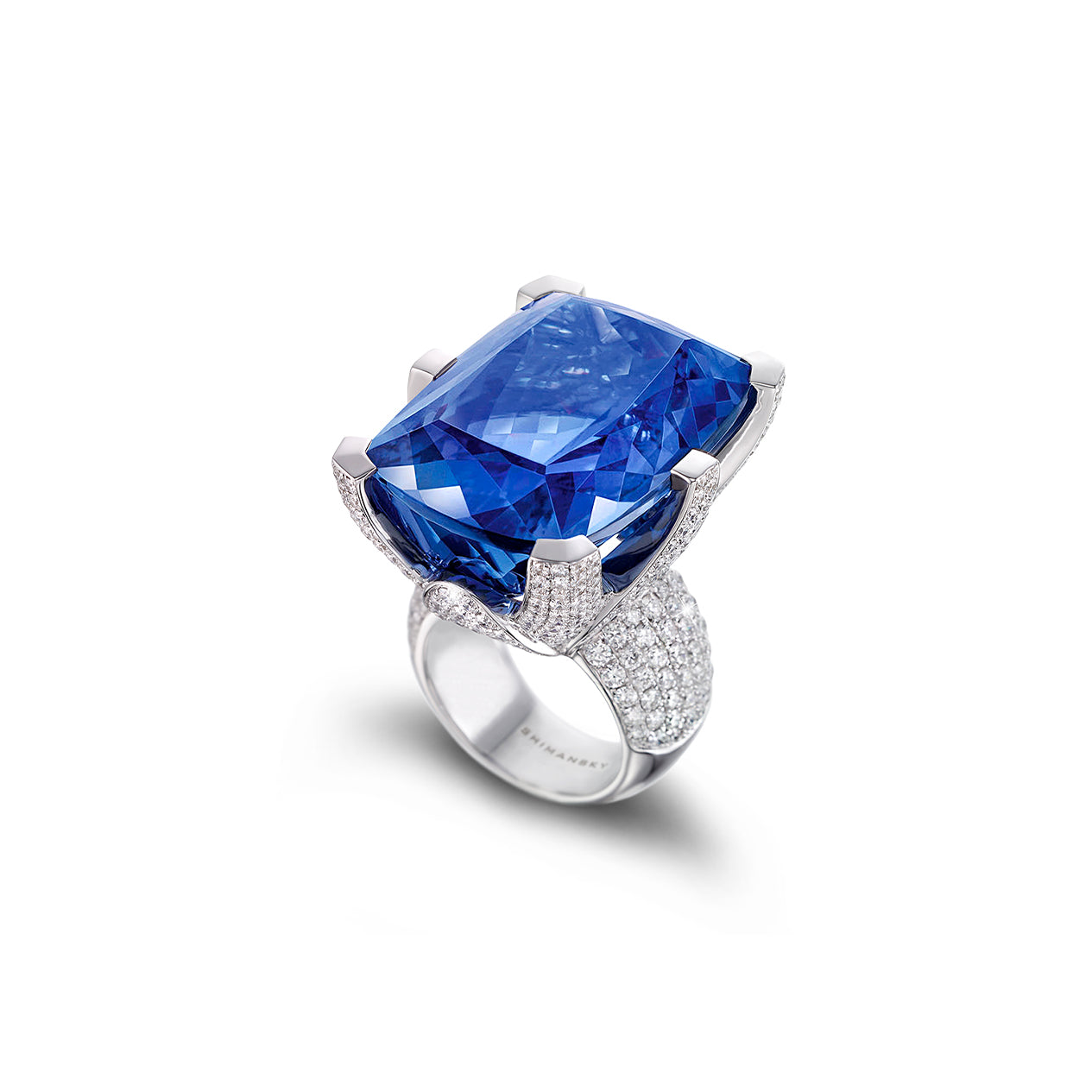
When looking to purchase tanzanite rings in South Africa or any other Tanzanite jewellery creations, you’ll find no higher quality than the Shimansky Ayanda Queen of Tanzanite jewellery collection. Cut to perfection, to enhance the gemstone’s colour and natural beauty, the Ayanda Tanzanite collection offers the finest Tanzanite pendants, earrings, necklaces, rings and bracelets. With a wide variety of settings and designs available, the collection offers something for every taste and preference, and it is certain to capture the hearts of all who gaze upon it.

